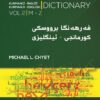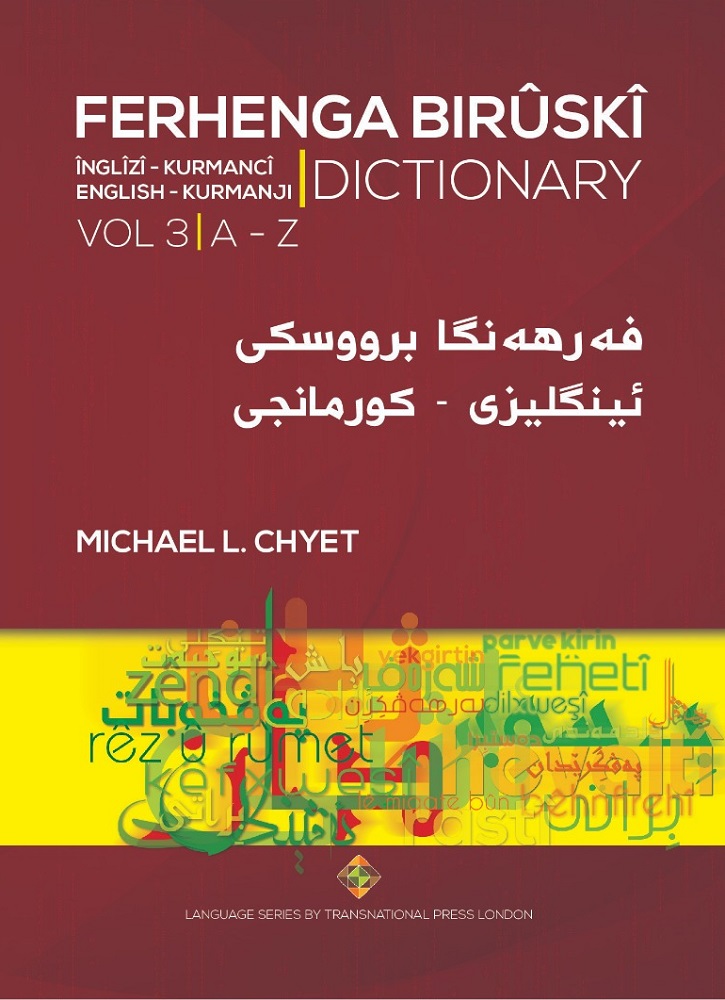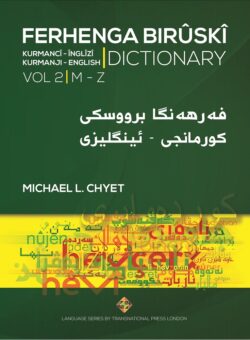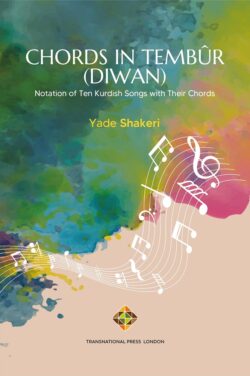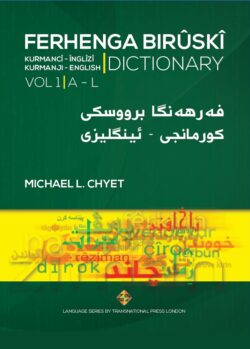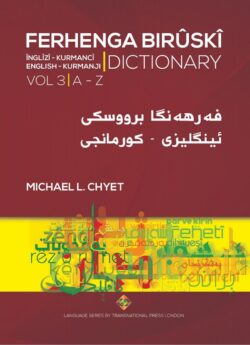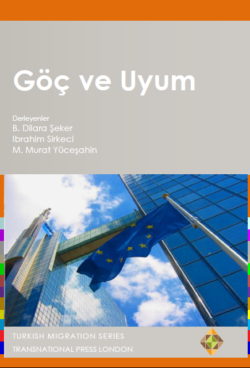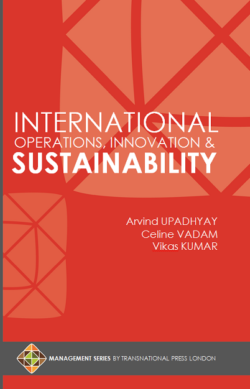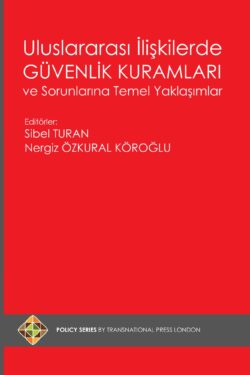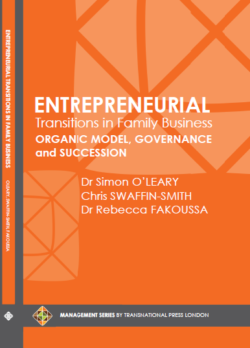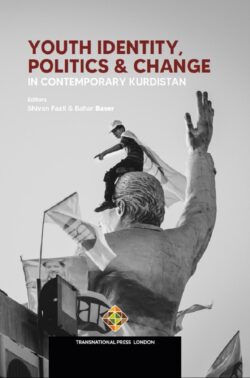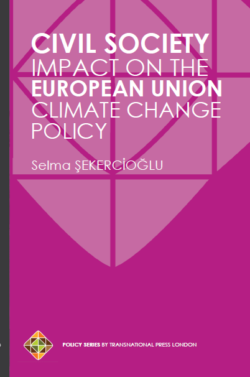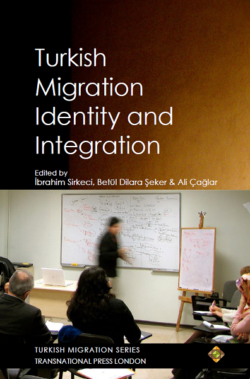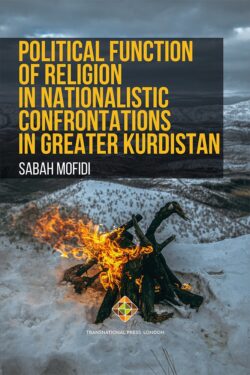Ferhenga Biruski, Vol 3, English – Kurmanji Dictionary – A-Z
£24.99 – £34.99
FERHENGA BIRÛSKÎ English – Kurmanji Dictionary | Volume Three By Michael Chyet | Published: 29 January 2020 | Paperback: ISBN 978-1-912997-01-5 | Buy from Lulu | Buy from Amazon | Buy from Talebe.com | Hardcover: ISBN 978-1-912997-02-2 | Buy from Lulu | Digital: Read on GooglePlay | Read on Amazon Kindle | Read on CEEOL | Buy from Talebe.com
Description
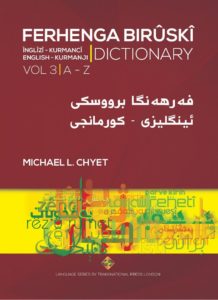
FERHENGA BIRÛSKÎ
English – Kurmanji Dictionary
Volume Three A-Z
By Michael L. Chyet
Published: 29 January 2020 [Language Series: 3]
Paperback: ISBN 978-1-912997-01-5 | Buy from Lulu | Buy from Amazon | Buy from Talebe.com
Hardcover: ISBN 978-1-912997-02-2 | Buy from Lulu
Digital: Read on GooglePlay | Read on Amazon Kindle | Read on CEEOL | Buy from Talebe.com
Ferhenga Biruski is the go-to dictionary for Kurmanji a dialect of Kurdish spoken originally in parts of Iran, Iraq, Syria, Turkey while also being common among a large diaspora of Kurds in Europe, North America and elsewhere. This comprehensive Kurmanji-English dictionary is prepared in two volumes by Michael L. Chyet, a renowned linguist with extensive knowledge of the major dialects of Kurdish. This dictionary is an essential reference source for linguists and others interested in Kurdish language and people.
“The second edition of my Kurmanji-English dictionary, which I would like to call “Ferhenga Birûskî” to honor the memory of my beloved friend and colleague Birûsk Tugan, contains considerably more entries, and in many cases offers fuller information on earlier entries. In addition, I have found and corrected several typographical errors. Moreover, it is to be accompanied by a companion English to Kurdish volume. […] It is my goal to accurately reflect the language as it exists today, providing variant spellings, synonyms, and regional usage, as well as etymologies. The late Iranist D.N. MacKenzie advised me early on to avoid filling my dictionary with “ghost words”. He suggested that I base all the entries in my dictionary on texts (both written and orally generated), to ensure that I am reflecting the language as it is used by its speakers. The earlier dictionaries include words of unknown provenance, which may have no existence outside those pages.”
– Excerpt from the Introduction by Michael L. Chyet
Michael Chyet’s updated Kurmanji dictionary represents an incomparable and invaluable resource serving a wide range of users: Kurdologists, Kurdish-speakers learning English, English-speakers learning Kurdish, translators, and linguists, among others. Useful points for each lexical entry include: entries in both Latin and Kurdo-Arabic scripts, basic grammatical information, multiple possible English translations and synonyms in Kurmanji. Most entries also present an ample number of example sentences taken from a variety of original sources. Further enriching the field of Kurdish studies, the Ferheng includes many traditional cultural lexemes that may be unfamiliar to today’s younger generations.
Often included are dialectal variants from different Kurmanji-speaking locales, as well as equivalent lexemes in Sorani, Zazaki, Haurami/Gorani, and other Iranian and non-Iranian languages of the area.
Widely researched etymologies are provided for many lexemes, a unique feature for a dictionary of a Middle Eastern language. These usually include equivalents in attested Old and Middle Iranian languages, with bibliographical sources for the etymologies.
Users of the Ferheng now have in their hands a richly textured dictionary, thesaurus and condensed cultural encyclopaedia of Kurmanji that may be enhanced—but not surpassed—in future generations of Kurdish studies.
– Donald Stilo, Max Planck Institute for Evolutionary Anthropology
“Compiling such a colossal dictionary is no small task. It takes a great amount of time, patience and diligence. I had the opportunity to witness Michael’s enthusiasm, tenacity, and dedication to further improve the quality of his dictionary with the second edition. With its features and comprehensiveness, Ferhenga Birûskî is setting a new standard for lexicographers of the Kurdish language. […] The world of Kurdish studies is eternally indebted to Michael for this significant contribution and his continuous effort to help elevate Kurdish to the level of other well-established national languages.”
– Deniz Ekici, University of California, Berkeley
Michael Chyet has worked for decades on this seminal dictionary that thoroughly records both living and near history of the vocabulary of Kurmanji, a major dialect of the Kurdish language.
The decades-long research and collection of the Kurmanji vocabulary by the author not only provide an extensive list of words with their English equivalents. Rather, the work goes well beyond what is usually expected of a bilingual dictionary. Ferhenga Birûskî provides the main entries in both Latin and Arabic based Kurdish alphabets, followed by information concerning, for instance, part of speech, inflection, alternative forms, synonyms, related words, etymology etc.
For every entry, Chyet provides information on where the entry is taking from. The compiler has made extensive use not only of dozens of existing dictionaries but, maybe to even a greater degree, from recorded oral texts, written literature as well many native informants that the author has interviewed over the past four decades.
The current, second edition of the dictionary has been remarkably improved not only because of numerous new entries, but especially due to providing further essential information and documentation on the already existing entries.
The dictionary pioneers in the representation of Kurdish phonetics by providing necessary information on aspirated/unaspirated and emphatic consonants of each word where present, a figure lacking in almost all other currently available dictionaries, especially those written in the Latin-based Kurdish alphabet.
However, since Kurmanji has relatively well standardized Latin- and Arabic-based orthographies used in thousands of books, news portals, social media groups etc., where no aspiration and emphatic consonants are marked, it would have been useful to provide the entries as they are written in ordinary texts followed by pronunciation notes where necessary.
For instance, words for “airplane, four, seven” are written as “balafir, çar, heft” in ordinary texts. In the present dictionary, however, these forms are not given as main entries. Rather, the words are presented as “balafiř, ç’ar, ḧeft” to indicate that the R in the end of the first word is trilled, the Ç in the second word is aspirated and the H in the third word is the voiceless pharyngeal fricative rather than the voiceless glottal fricative.
The author has made a peculiar choice by splitting entries beginning with H according to pronunciation: first listing those pronounced as the voiceless glottal fricative by presenting them with H, then the voiceless pharyngeal fricative presenting them with Ḧ. However, no such distinctions are made in the standard Latin-based Kurdish orthography and the choice made for this dictionary looks as strange as if English entries beginning with, say, TH were listed in two different sections based on whether they are pronounced as the voiced dental fricative /ð/ like “the, there, this” or as the voiceless dental fricative /θ/ as in “three, thing, through”.
In the future editions, entries will hopefully be given as they are encountered in the ordinary written language, then followed by pronunciation, ideally presented in the International Phonetic Alphabet. Another figure lacking in the current dictionary, as well as all other existing Kurdish dictionaries, is the indication of the word stress. At least some guiding notes on the word stress in Kurmanji would have been useful for the non-Kurmanji speakers of the dictionary.
Regardless of the aforementioned shortcomings, Ferhenga Birûskî dictionary is the most important reference Kurdish-English dictionary and it will remain so for decades to come.
– Husein Muhammed, Senior Specialist, The Institute for the Languages of Finland (www.kotus.fi)
About the Author:
Dr Michael L Chyet serves as a specialist for the Library of Congress in Washington D.C. on books and other written materials in Middle Eastern languages, including Kurdish, Persian, Turkish, Arabic, and Syriac. He has particular expertise as a linguist, folklorist and teacher of the Kurdish dialects of Kurmanji and Sorani. The first edition of this Kurmanji-English dictionary was published in in 2003 by Yale University Press and this is the expanded second edition. Michael now works on Kurmanji and Sorani textbooks as well as numerous other language research projects.
Product Details:
ISBN: 978-1-912997-01-5
Publisher: Transnational Press London
Published: 29 January 2020
Language: English-Kurmanji
Pages: 180
Binding: Paperback
Interior Ink: Black & white
Weight (approx.): 0.95 kg
Dimensions (approx.): 21.59cm x 27.94cm
Additional information
| Weight | 0.95 kg |
|---|---|
| Version | |
| Binding | Paperback, Hardcover |
| Interior Ink | Black and White |

